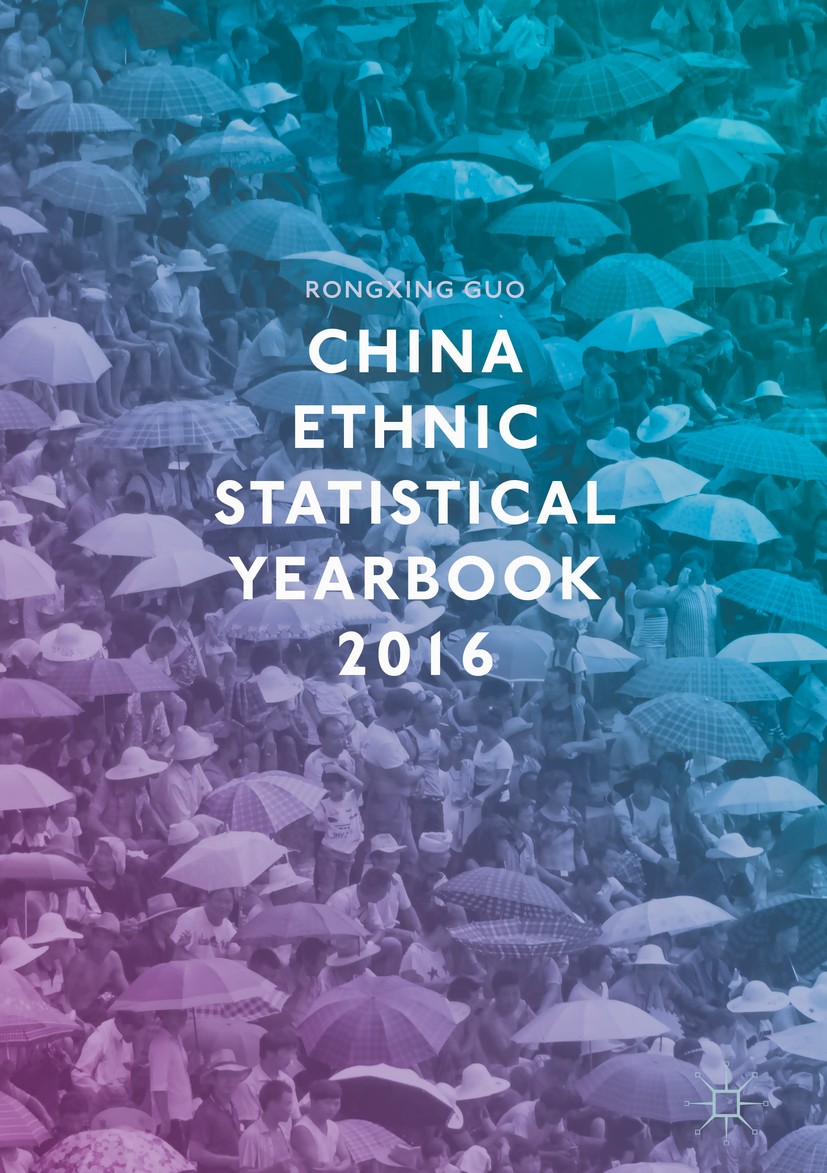| 书目名称 | China Ethnic Statistical Yearbook 2016 | | 编辑 | Rongxing Guo | | 视频video | http://file.papertrans.cn/226/225345/225345.mp4 | | 概述 | Provides explanatory notes on China’s main socioeconomic indicators.Provides a broad collection of annual data on China’s 56 ethnic groups.Profiles the demographic, cultural, economic, and business cl | | 图书封面 |  | | 描述 | .This book,comprised of entirely original research, collects data on the socioeconomicsituation of China’s 56 ethnic groups. Although the majority of China’spopulation is of the Han nationality (which accounts for more than 90% ofChina’s population), the non-Han ethnic groups have a population of more than100 million. China has officially identified, except for other unknown ethnicgroups and foreigners with Chinese citizenship, 55 ethnic minorities. Inaddition, ethnic minorities vary greatly in size. With a population of morethan 15 million, the Zhuang are the largest ethnic minority, and the Lhoba,with a population of only about three thousand, the smallest. . .China’sethnic diversity has resulted in a special socioeconomic landscape for China itself.However, till presently, a complete socioeconomic picture of China’s ethnicgroups – especially of its smallest ethnic minorities – still remainedunclear. How different have China’s ethnicgroups been in every sphere ofdaily life and economic development during China’s fast transition period? Inorder to answer these questions, we have created a detailed and comparable setof data for each of China’s ethnic groups.. .This bookpresents, in | | 出版日期 | Book 2017 | | 关键词 | Socioeconomics; Ethnic diversity; Economic indicators; Economic growth; Inequality, equality; Science and | | 版次 | 1 | | doi | https://doi.org/10.1007/978-3-319-49199-8 | | isbn_softcover | 978-3-319-84102-1 | | isbn_ebook | 978-3-319-49199-8 | | copyright | The Editor(s) (if applicable) and The Author(s) 2017 |
The information of publication is updating

|
|
 |Archiver|手机版|小黑屋|
派博传思国际
( 京公网安备110108008328)
GMT+8, 2025-11-15 08:00
|Archiver|手机版|小黑屋|
派博传思国际
( 京公网安备110108008328)
GMT+8, 2025-11-15 08:00


